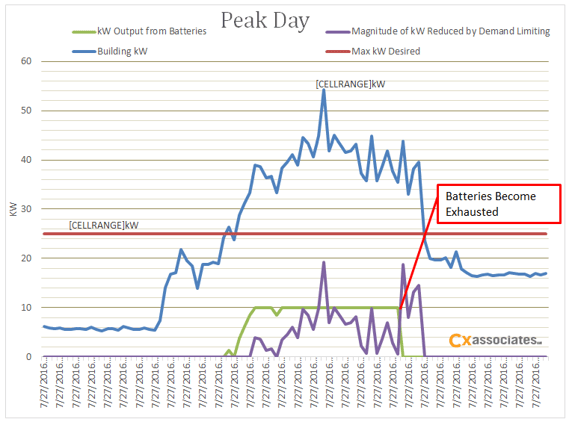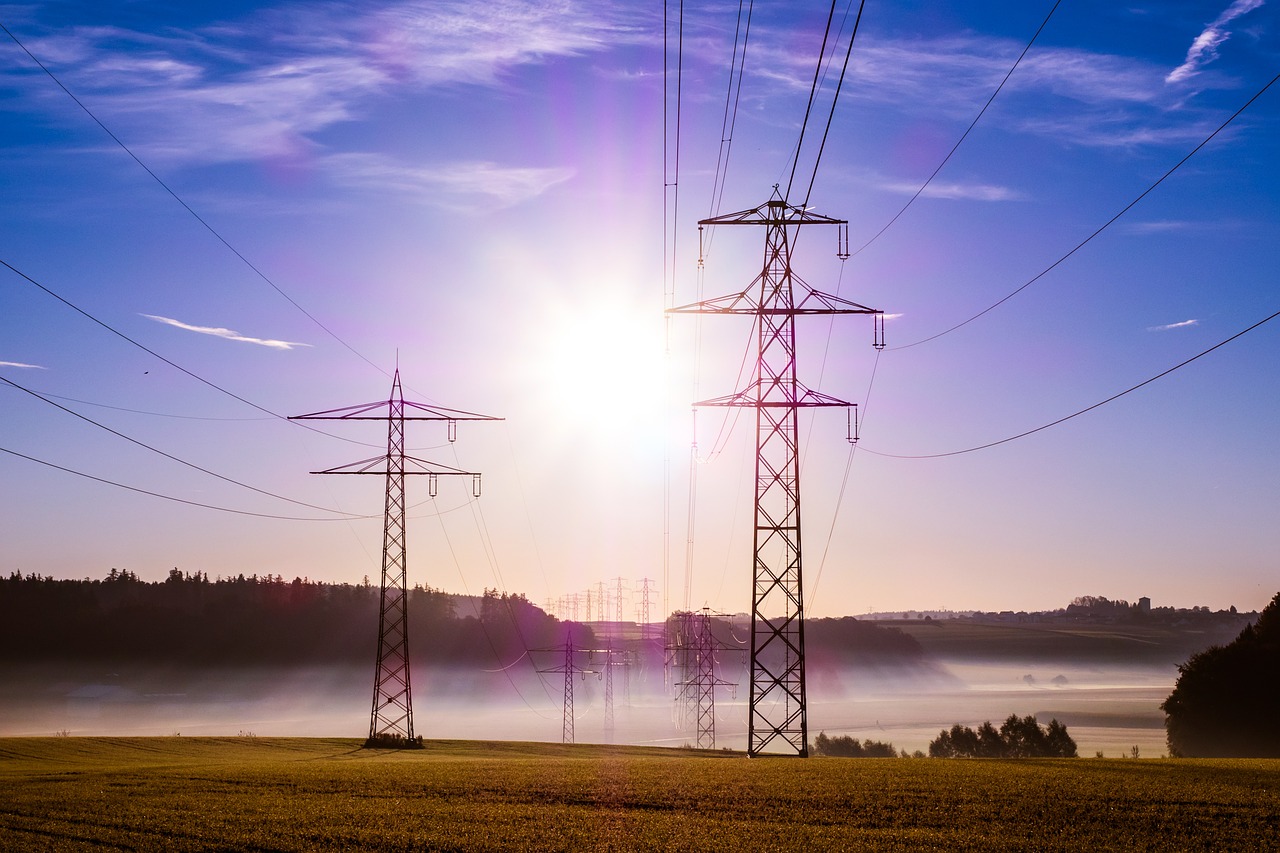As a follow up to my previous blog post on peak shaving, this week I’m going to cover demand limiting. This is another peak shaving strategy that we are also using on the project I mentioned in my last post. Demand limiting is different than energy storage in that instead of using the same amount of energy from different sources than the grid to peak-shave, the amount of energy being used is limited to achieve the same peak shaving goal. I would like to note that there is no reason these two strategies can’t be used together - we are actually using both strategies on a current project to achieve the customer’s peak shaving goals.
Demand limiting is a control strategy designed to prevent the demand kW of a facility from going over a predetermined threshold by altering the operation of equipment in a facility. The easiest way to do this is by identifying the largest energy users (equipment) in a facility and modifying their operation during peak periods. This can be done by dimming lights, altering heating and cooling setpoints, reducing HVAC system fan speeds, etc., thus reducing the grid kW while demand limiting is active.
When looking at implementing demand limiting it is important to identify any critical areas that should be excluded from a demand limiting control scheme. For example, you would not want to implement a demand limiting function that reduces the air changes and alters temperature setpoints in an operating room during the middle of a surgery.
Examining occupancy schedules of non-critical areas of the facility can help to minimize the demand limiting impact on the occupants. Using an HVAC example again, reducing cooling capacity in an occupied area for demand limiting can create uncomfortable conditions for the occupants, where reducing cooling capacity in an unoccupied area would have no adverse effects since there are no occupants.
 Image by Flickr user _e.t. An empty office requires less energy.
Image by Flickr user _e.t. An empty office requires less energy.
For the application I spoke of in my last post, we are implementing demand limiting of systems as a second stage of peak shaving. The energy storage system will act as a first stage of peak shaving, and is being designed to shave a predetermined kW so that the battery will not be exhausted before the peak period is over. The demand limiting controls enable and contribute to peak shaving if the kW demand of the facility exceeds the limited kW output of the energy storage system.
 In the example above, the maximum grid kW desired is 25 kW. The actual load of the building is shown in light blue, with a maximum kW of 54.2 kW. The green line represents the kW output of the battery system with a maximum output of 10 kW. The purple line represents the amplitude of kW that second stage demand limiting limits the building load. The demand limiting is only active when the building load is above the threshold of the desired maximum grid kW plus the maximum kW output of the battery system. The advantage of using this staged technique with a battery energy storage system is that the desired maximum grid kW will be maintained even when the batteries become exhausted.
In the example above, the maximum grid kW desired is 25 kW. The actual load of the building is shown in light blue, with a maximum kW of 54.2 kW. The green line represents the kW output of the battery system with a maximum output of 10 kW. The purple line represents the amplitude of kW that second stage demand limiting limits the building load. The demand limiting is only active when the building load is above the threshold of the desired maximum grid kW plus the maximum kW output of the battery system. The advantage of using this staged technique with a battery energy storage system is that the desired maximum grid kW will be maintained even when the batteries become exhausted.
Is your facility experiencing large peak kW loads that you would like to get under control? Contact us to see if we can help!


